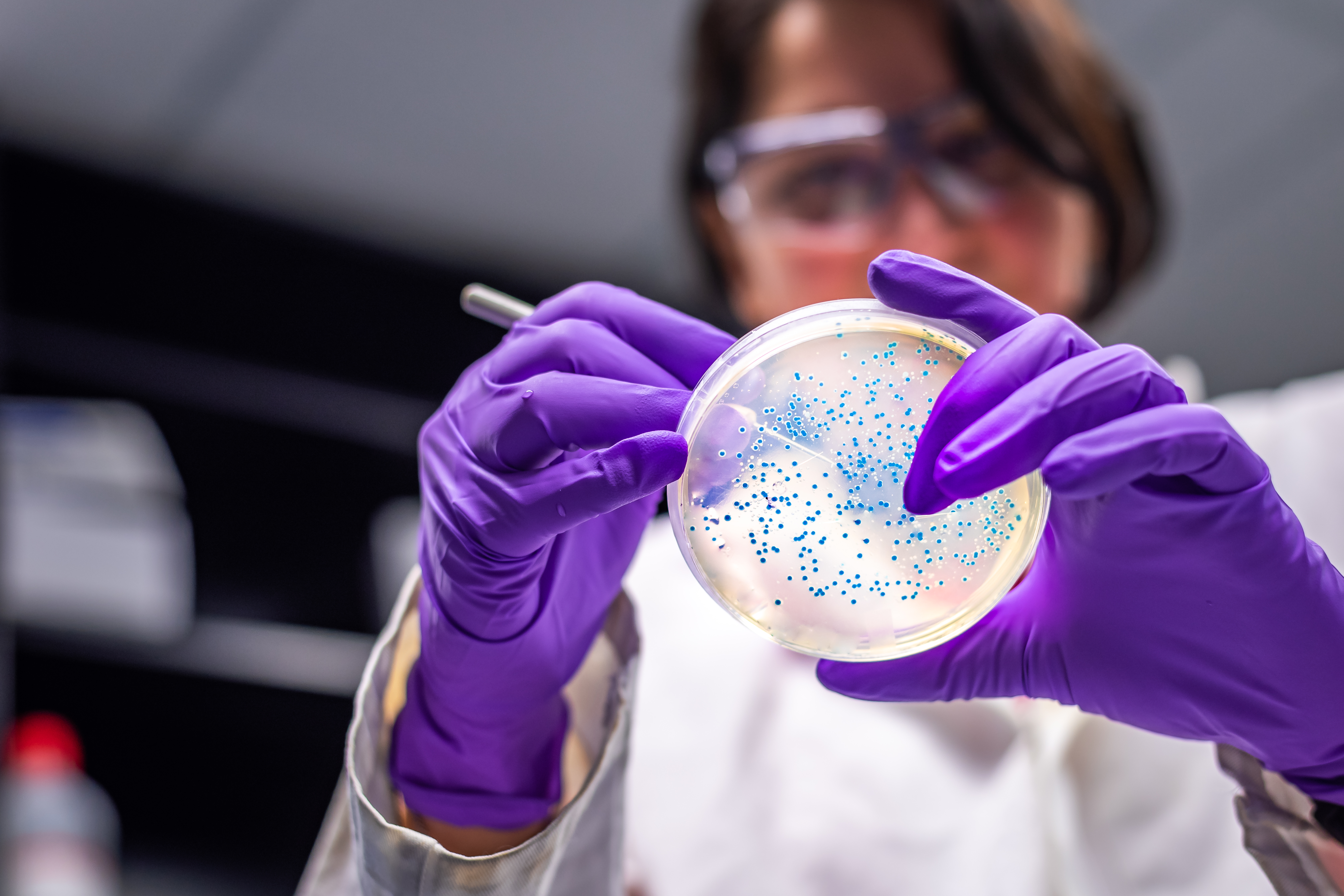Effective air samplers must be able to precipitate particle sizes of at least 2µm. There are also differences in the sampling volumes of different model samplers, with most models capable of sampling at least 1,000 litres.
Key criteria for selecting air samplers include:
- Determining the particle size cut-off efficiency. This is the d50 value. The d50 is the size at which half of the particles are collected and half pass through the sampler. Particles that are larger than the d50 are collected by the agar at increasing efficiency. Therefore, the smaller the particle size at d50, the more accurate the sampler
- The relative biological collection efficiency, which is where the manufacturer of the sampler will use a bacterial aerosol to assess the recovery rate
- The effect on culture media when running the air sampler, including dehydration of the agar
- Any disruption to the air-stream
- Calibration and servicing requirements.
The most common types of air sampler and the methods of operation are:
- Slit-to-Agar air sampler (STA) — The air is drawn by a self-contained vacuum pump through a standardised slit below which is placed a slowly revolving Petri dish containing agar. Particles in the air that have sufficient mass impact on the agar surface. The agar plates are incubated, and viable organisms are allowed to grow out
- Sieve impactor — The apparatus consists of a container designed to accommodate a Petri dish containing agar. The cover of the unit is perforated, with the perforations of a predetermined size. A vacuum pump draws a known volume of air through the cover and the particles in the air containing microorganisms impact on the agar medium in the Petri dish. Some samplers are available with a cascaded series of containers containing perforations of decreasing size
- Centrifugal sampler — The sampler consists of a propeller or turbine that pulls a calculated volume of air into the unit and then propels the air outward to impact on a tangentially placed nutrient agar strip set on a flexible plastic base
- Surface air system sampler— This integrated unit consists of an entry section that accommodates an agar contact plate. Immediately behind the contact plate is a motor and turbine that pulls air through the unit’s perforated cover over the agar contact plate and beyond the motor, where it is exhausted
- Gelatine filter sampler— The sampler consists of a vacuum pump with an extension hose terminating in a filter holder that can be remotely located in the critical space. The filter consists of random fibres of gelatine capable of retaining airborne microorganisms. After a specified exposure time, the filter is aseptically removed and dissolved in an appropriate diluent and then plated on an appropriate agar medium to estimate its microbial content. The filter may also be plated directly on an agar surface
In addition to the wide choice of various sampler types of different models of air sampler vary in their efficiency. Some devices themselves can generate non-viable particle counts, and this should be considered in the design qualification of such devices. Other design considerations include the suitability of the sampler to any disinfection procedure for equipment to enter the cleanroom and, for Grade A environments, the sampler’s operation as an isokinetic sampler (that is to match the airflow speed within the UDAF).
Training: Our environmental monitoring course is ideal for those looking to get their heads around legislation, data trending and monitoring techniques for manufacturing of both sterile and non-sterile products.
To view all our training courses, please click here.
Annex 1 webinar series: Dr Tim Sandle has collaborated with RSSL on an insightful series covering key Annex 1 focus areas. To learn more and view the series please click here.




